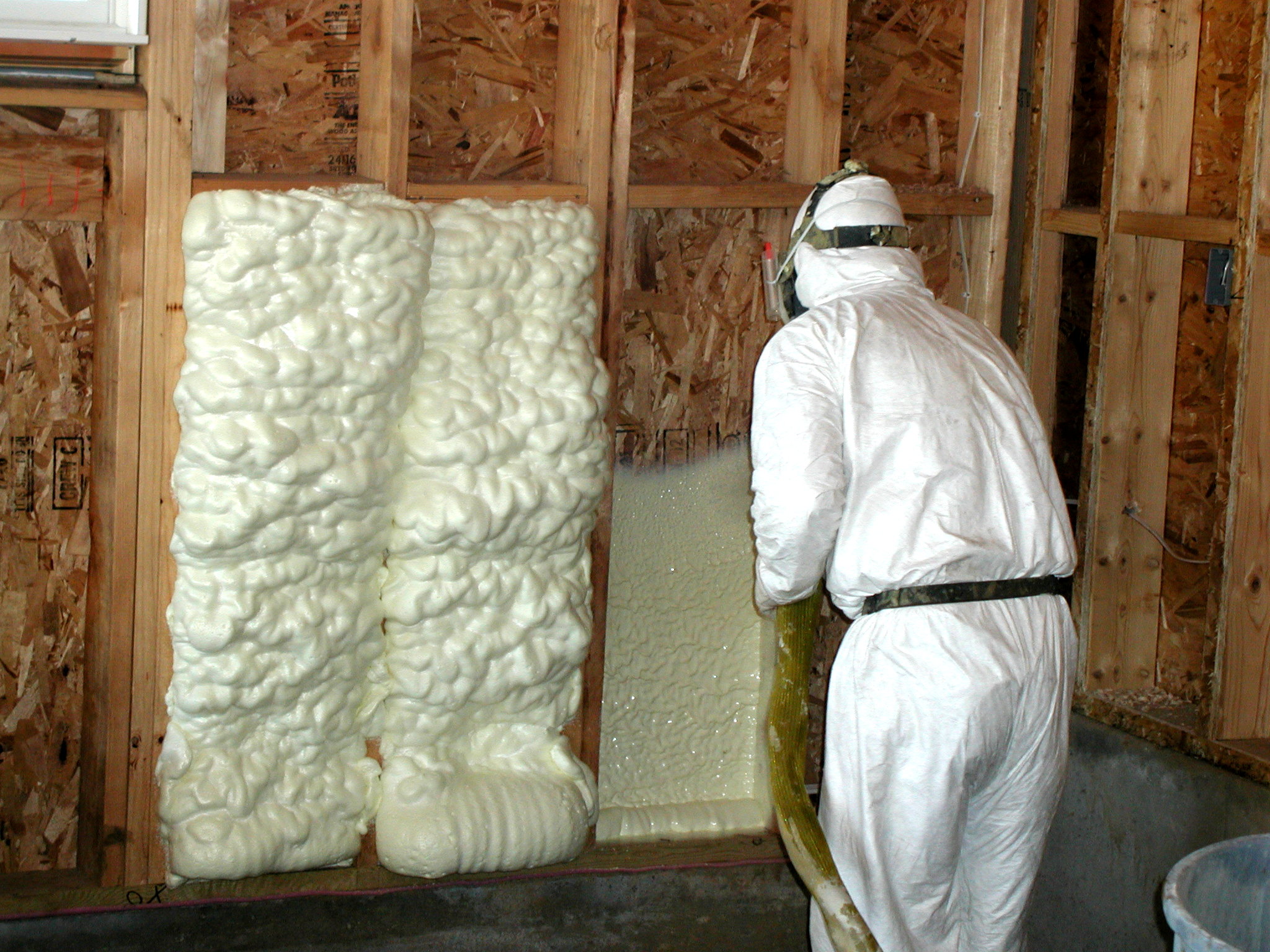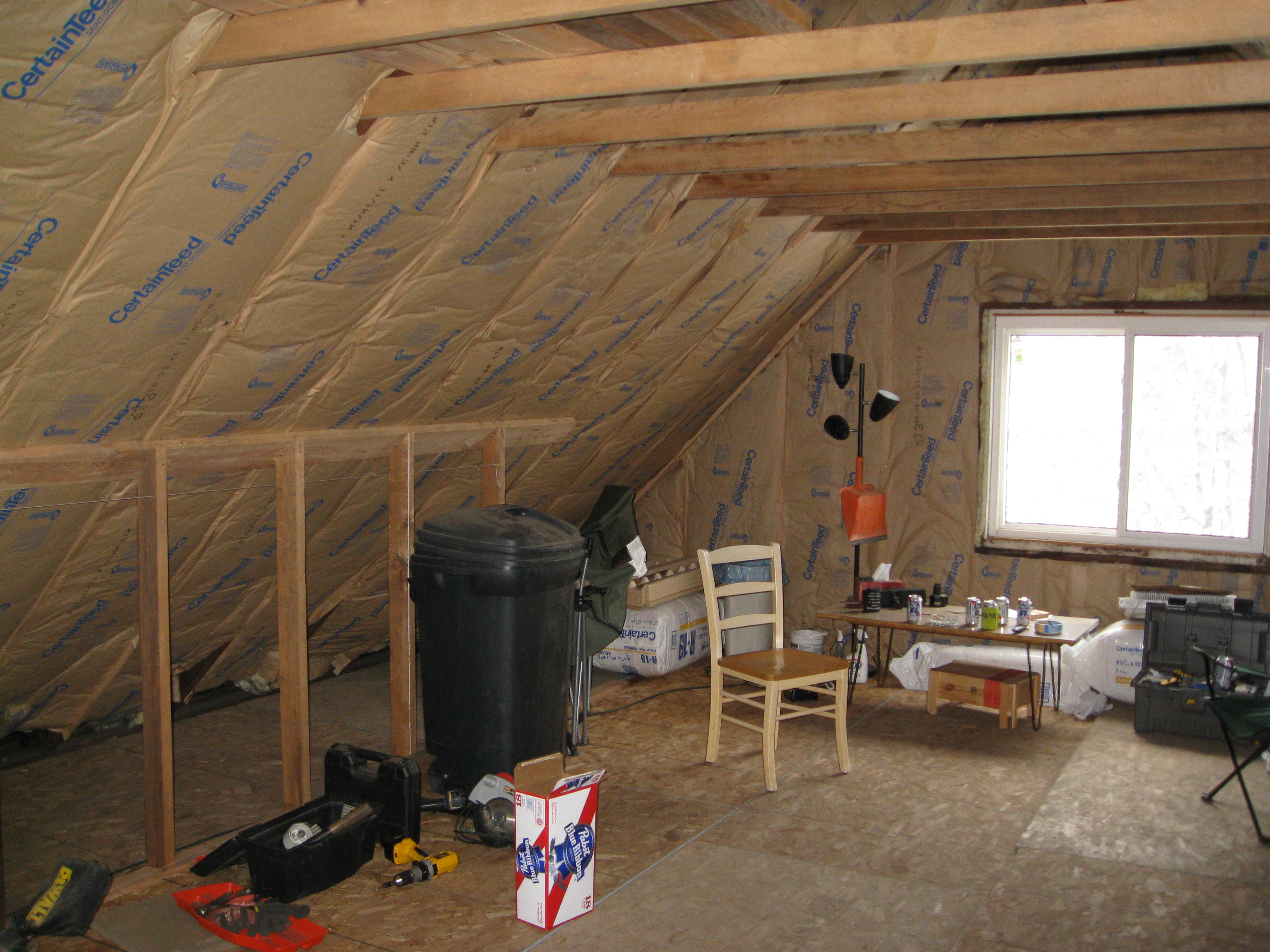How an Efficiency Program Killed My Business Pt 2

Last time I shared my experiences with contracting small jobs, and how that sucked on almost every level. This time I’ll talk about my attempt to bridge to subcontracting small jobs, and how I failed at that, too.
The Move to Subcontracting
When my crew imploded 1/2/13, I knew I had to change something. At times I was running a 1-2 month backlog, which was long enough to lose some work. My crew was toast and I didn’t have the energy to build a new crew. I also had a kid on the way. The pressure of keeping the crew busy year round was crushing. I needed to simplify my life.
It was time to look into subcontracting.
Years ago I had known a weatherization company when I sold them cellulose in my old job. They have a really good reputation within the weatherization sector. So I transitioned to using them. The owner hired one of my crew members (the other guy, the one I had trouble with, took unemployment). I kept my crew lead on for Quality Control and sales. He was really dependable and smart, and looking for a change anyway.
Sales Burnout
While managing this whole messy change I was a wreck, I was burned out. So I moved my crew lead to sales, which is a strength of his. He was working on a 10% commission plus a salary for QC inspections. There was enough work involved in getting the jobs that within 3 months he too had had enough. It had taken me 3 years to get there, took him 3 months. The model simply isn’t sustainable for smaller jobs.
Trouble in Subcontracting Land – Low Quality – Callbacks and Lousy Leakage Reductions
I was burned out and it must have showed to my clients, because my closing ratio suffered. And despite doing about half the job volume, I was getting 2-3 times the number of job callbacks. Quality problems used to be once in a blue moon, now it was almost weekly. My crew might have been a lot better than the sub, or my lead wasn’t watching as closely, or the inspectors from Dominion might have been watching closer knowing that I had made a change, in any event this was one of the last backbreaking straws.
I also noticed that where I typically got very substantial reductions in air leakage in the 500-2000 cfm50 range, I was now consistently seeing 200-400 point reductions, which often happen just from blowing an attic.
So I got to where I didn’t want to put my name on my own jobs. This was supposed to be the best subcontractor in the area. Where else was I supposed to go to?
Oh, and I was losing money. My closing ratio was already falling, and part of that was because I had raised prices to try and cover a margin for both myself and my sub. My competition didn’t raise their prices, so I got fewer jobs since most clients didn’t fully grasp how much better of a job I was capable of (except now I wasn’t even providing that.) Raising prices didn’t work.
I lost money most months while subcontracting. In 2013 I made ¼-⅓ what I had the 2 years previous. Most of that measly sum was made first quarter before switching to subcontracting.
The End of Contracting.
I stopped contracting. The night I told my wife I was quitting was the most jubilant I’d felt in years. What’s wrong with that picture? Shouldn’t helping people solve problems be enjoyable? At one point, she had asked if she could have my attention for one night a week. I screamed at her and totally lost my temper. I was that tightly wound from trying to keep the wheels on.
So many Home Performance contractors reached out to me privately after my first confessions article struck a chord with them I know I am FAR from alone in my experience. Frankly, program design has a lot to do with it. Programs have no accountability for performance, provide no guidance on how to sell consultatively, and the consumer/contractor relationship starts out all wrong. The focus is on optimizing the “government cheese” rather than designing for excellent outcomes.
Lots of consequences to the “rebate” structure.
At the time, I had no idea that rebate structure was having all of these effects. I only see it now, almost a year after I shut down my contracting business, because I learned the process of true, consumer focused, design oriented, consultative sales.
Eating your children – the program is suffering too.
I noticed that this year there were no Century Club insulation contractors from the Dominion program. They lost their big dog. I’ve heard that my competitors, who used to use the program because I always mentioned it, have stopped using it. So the program is suffering from losing me, too. I’ve received several phone calls from very frustrated homeowners who simply can’t get their insulation and air sealing upgraded, no one calls back. Hmm.
I’ve also heard that the Dominion rebates are primarily used now by HVAC contractors for putting new furnaces in. New furnaces that would have been bought anyway, and likely at similar efficiency levels. So how exactly is the program helping to drive energy efficiency? I would argue it’s not.
This is not uncommon, most programs are riddled with problems as well, I’ve heard of problems in New York, California, Vermont, New Jersey, Massachusetts, and more. Here are three examples: Myron Ferguson discussing disillusionment with the New York program, Glen Gallo refusing to participate in Energy Upgrade California (EUC), and John Craig of Beanstalk Energy saying EUC was like death by a thousand cuts.
Something Isn’t Working
Every program I have knowledge of tends to drive smaller jobs. Most programs are much more cumbersome than the Dominion East Ohio Gas program1, such as the NYSERDA program in New York or Energy Upgrade California. Those require energy modeling where mine didn’t. Those also have approved measures lists that can warp project design in ways that really end up harming the consumer. I’ll save those topics for the next article, though.
So far, I’ve focused on the problems to the contractor from incentive programs, but they are not beneficial to the homeowner, either. You can’t do much of a Home Performance upgrade to a home for $5000. Or even $10,000. That’s a furnace and AC. Whoop-de-do. Were you really going to buy an inefficient furnace anyway?
Really fixing houses takes more. And it can be done. With our new methods, my projects are averaging in the $20,000 range and real good is being done. This typically works out to about $75-150/month when factoring in energy savings. Problems are being solved. I’m not skimping in methods.
All without a program. Common knowledge is this can’t be done.
I don’t have good financing. Property values in Cleveland are some of the lowest in the country. Utility rates are low. I’m working solo. Everything should be working against me. Yet I’m selling Comprehensive Home Performance jobs. It’s early, I’ll grant you, but I’m selling them.
How to Help People Like Me
I have ideas for how to structure programs so that they drive the comprehensive jobs that the programs want to satisfy efficiency mandates, without costing the programs an arm and a leg and without making contractors miserable enough to throw in the towel like I did.
That is for the next series.
If this rings true to you or you’ve had a similar experience, share the heck out of this article and tell your story. Things are not going to change unless we push for it. So please help!
Image Credit: Tax Credit on Flickr, Creative Commons
1 By the way, I hate to even take a shot at the good people running the program, they’re hard working folks who I almost invariably had a really good working relationship with. It wouldn’t be honest of me to pull punches though, just as I’m not holding back about my own mistakes. And all this generally wasn’t the fault of those I was working with, rebate structure came from higher up, and heck, I didn’t realize it was a bad structure until my own post-mortem of my business! On a positive note, the paperwork burden for Dominion’s program was really light. We could do it in 15-30 minutes/job because much of the up front work was built into my quoting process. There is no pre-approval of jobs, you just do it. Other states may have 8-16 hours of paperwork per job, and it may take weeks or even months to process before the job can even move forward. Yikes! That’s friction.
Get the HVAC Guide

It's free! Make buying a new furnace, air conditioner, or heat pump less stressful.










